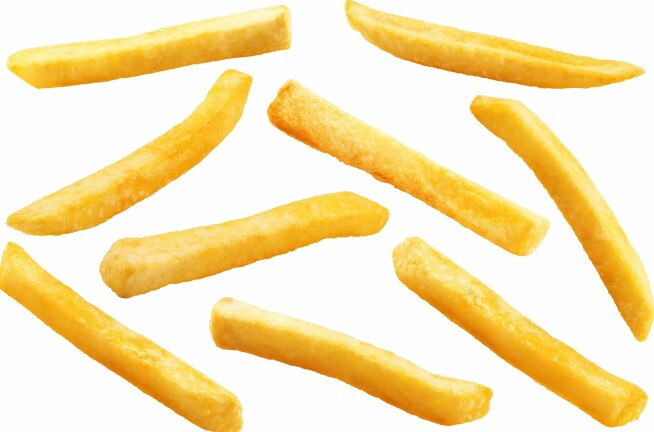
Breakthrough in fight against debilitating childhood disease
Scientists have discovered a defect in a protein in the brain that results in the debilitating disease dystonia. The disease causes loss of control of movements and violent seizures.
A breakthrough in the understanding of the exceptionally rare disease dystonia 12 could help many people who suffer from epilepsy and Parkinson’s—diseases that are characterised by involuntary movements.
All of these diseases can be caused by defective cell pumps, meaning that the new results may potentially help millions of people and not only those who suffer from dystonia 12.
“Many diseases include dystonia and involuntary movements as part of the diagnosis. Therefore insights into one of the rare diseases can give us an understanding of how pumps in the brain cells function. This can then be used to develop medicines that can help the symptoms of a number of diseases,” says lecturer Karin Lykke-Hartmann from the Department of Biomedicine at Aarhus University, Denmark.
The new study is published in the scientific journal PLOS Genetics.
Genetic error damages brain cell pumps
The new study shows how a genetic defect in dystonia 12 patients prevents the cell pump known as the “sodium-potassium pump,” from working in specific brain cells.
The pump normally transports sodium and potassium across the cell membrane, creating an electrical potential that the cells use to carry out a range of functions.
But the genetic defect prevents this and instead leaves a hole in the membrane through which proteins can escape, causing the inside of the cell to acidify.
The effect is disastrous and causes the brain cells that usually keep involuntary movements in check to malfunction.
Consequently, the brain sends an uncontrolled stream of signals round the body and that results in severe cramps that are characteristic of dystopia 12.
Also affects memory
The new results show that the effect of the dysfunctional pump is far worse than if the pump simply worked poorly, or if there were too few of them in the cells.
When the exchange of sodium and potassium is halted it affects all other processes in the brain cells, which regulate concentrations of various molecules inside and outside the cells.
For example, the uptake of dopamine, which plays an important role in memory and the neurotransmitter GABA, which stimulates muscle contractions, are regulated by the concentration of various molecules, which become unbalanced when the sodium-potassium pump stops working.
“Therefore we often see that children who suffer from dystonia 12 don’t just have these severe cramps but they also suffer from concentration deficit and learning difficulties,” says Lykke-Hartmann.
A piece of the puzzle
The new study provides another a piece of the puzzle that will help scientists to better understand dystonia, says Dr Annemette Løkkegaard from Bispebjerg Hospital’s department of neorology, which specialises in treating patients suffering from dystonia.
“There are more than 25 genes related to dystonia. Only a small number of patients that develop dystonia have a genetic cause. But the knowledge that builds upon the genetic forms can nevertheless help us to understand dystonia disease among patients who do not have a genetic form,” says Løkkegaard, who was not involved in the study.
“The study helps us to find out why a given mutation leads to dystonia, and it’s interesting. We get an insight into what happens when nerve cells communicate and what goes wrong in dystonia 12,” says Løkkegaard.
Possible candidate for new treatments
Scientists may now be able to develop new medicines to treat the symptoms of dystonia 12, which could also be used to treat other, similar conditions.
“It doesn’t matter whether it is this or another gene that is responsible for the dysfunction. If it can help some people with a disease that has one set of symptoms, it can probably also help other people with similar symptoms caused by other diseases,” says Lykke-Hartmann.
Lykke-Hartmann and her colleagues are now looking to developing new treatments.
They are still in the preliminary stages but have already found some candidates that look as though they could help to relieve the symptoms of dystonia 12 in mice, she says.
-------------------
Read more in the Danish version of this story on Videnskab.dk
Translated by: Catherine Jex











